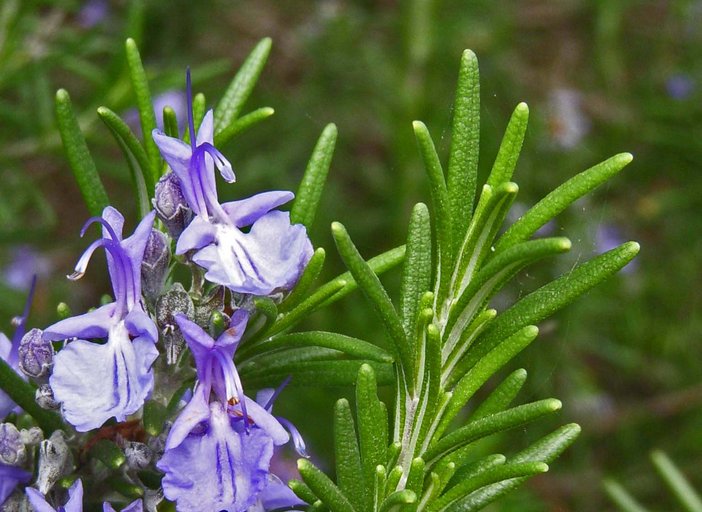 After the great voyages of discovery of the Renaissance, a number of new plants were added, which are not only found in the "orangeries" of the castles, but also in the peasants- and citizens' parlors. In addition to tuberoses, Aloe, Agaves and the first cacti became some of the outdoor plants introduced at this time, knows z. B. Persian lilac and mock orange (popularly called "jasmine".), cultivated in pots, until one was convinced of their frost hardiness. Levkojen and Goldlack were initially only kept as indoor plants.
After the great voyages of discovery of the Renaissance, a number of new plants were added, which are not only found in the "orangeries" of the castles, but also in the peasants- and citizens' parlors. In addition to tuberoses, Aloe, Agaves and the first cacti became some of the outdoor plants introduced at this time, knows z. B. Persian lilac and mock orange (popularly called "jasmine".), cultivated in pots, until one was convinced of their frost hardiness. Levkojen and Goldlack were initially only kept as indoor plants.
The care of potted plants in the room spread greatly, after many new ones, magnificently flowering and at the same time quite undemanding plants such as pelargonium, Fuchsia or Busy Lizzie were introduced. Myrtle soon replaced rosemary, and the old "Nägeleinstock" found its place in the garden, while oleander trees and hydrangea bushes in halved wooden barrels adorned the front door. The enrichment of the range of plants for room care lasts into our time, and today less through the introduction of hitherto unknown species, but rather through breeding processing. This is how many a former "fashion plant" appeared, often wrongly forgotten for decades, again and found a friendly reception, since breeding has been successful in the meantime, to create more appealing shapes or to improve durability in the room. As an example, let Smithiantha (formerly Naegelia), a relative of Gloxinia, called. The new half-tall hybrids of this grateful and colorful flowering Gesneria family are popular as houseplants. With them the error of the older culture forms became, which slightly lost the bell-shaped flowers when moving from the greenhouse to the room, largely eliminated. The Reinwardtie is one of the well-known and long-forgotten pot plants (Reinwärdtia trigyna PlanchJ. Coming from the mountains of North India, to 50 cm high and flowering from November to March with vivid orange-yellow hues, fragrant flowers was already around 1800 introduced to Europe. Now autumn, which keeps well indoors, emerges- and winter bloomers again – initially in Sweden – and seems to have finally "naturalised" with us. In a few years will (to Grunert) the small, undemanding ornamental shrub are certainly among the most coveted indoor flowers of winter!
